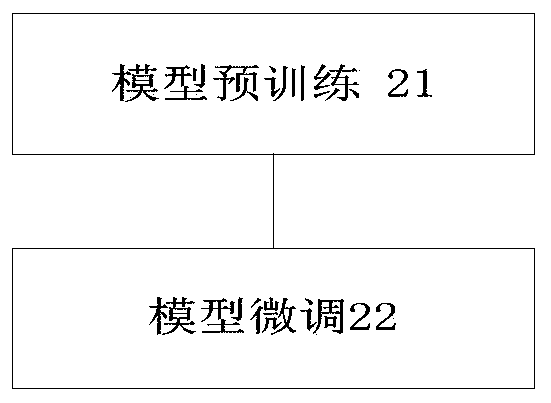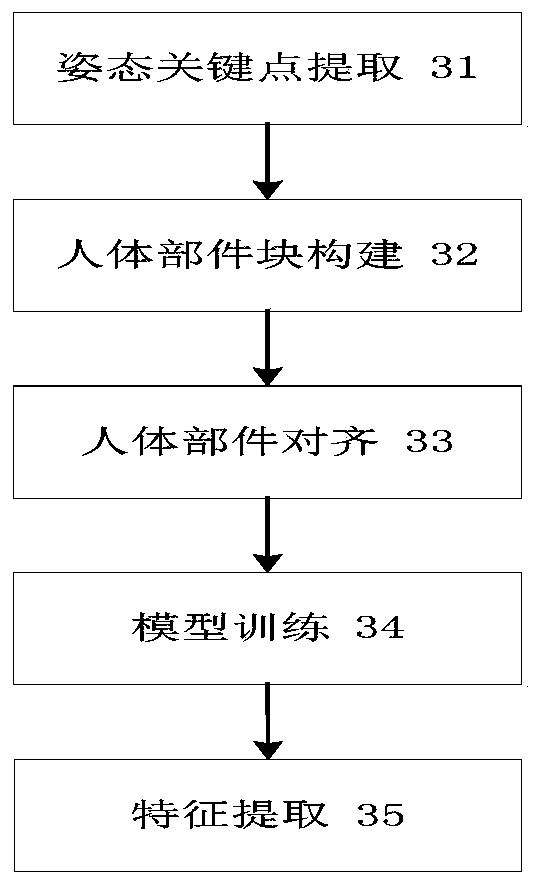Pedestrian re-identification method based on human body posture invariant features
A technology for pedestrian re-identification and human body posture, applied in character and pattern recognition, image data processing, instruments, etc., can solve the problem of low robustness of pedestrian features, achieve enrichment of local color information, reduce impact, and be affected by lighting conditions small effect
- Summary
- Abstract
- Description
- Claims
- Application Information
AI Technical Summary
Problems solved by technology
Method used
Image
Examples
Embodiment
[0061] 1. Dataset
[0062] In order to verify the effectiveness of the method of the present invention in improving the accuracy of pedestrian re-identification, according to the above steps, experiments were carried out on three datasets of pedestrian re-identification, namely VIPeR, CUHK03 and Market1501.
[0063] Among them, VIPeR is the earliest and one of the most classic data sets proposed in the field of pedestrian re-identification. It includes 632 pedestrians and has 1264 images. Each pedestrian corresponds to an image under two cameras, and each image is manually labeled. In addition to this, the dataset also provides a rich variety of perspectives, and although the dataset is relatively old, it is still one of the most challenging datasets.
[0064] CUHK03 was collected from 10 cameras at the Chinese University of Hong Kong. The dataset contains 1467 pedestrians and 14096 images. Each pedestrian comes from at least two different cameras, with an average of 4.8 ped...
PUM
 Login to View More
Login to View More Abstract
Description
Claims
Application Information
 Login to View More
Login to View More - R&D Engineer
- R&D Manager
- IP Professional
- Industry Leading Data Capabilities
- Powerful AI technology
- Patent DNA Extraction
Browse by: Latest US Patents, China's latest patents, Technical Efficacy Thesaurus, Application Domain, Technology Topic, Popular Technical Reports.
© 2024 PatSnap. All rights reserved.Legal|Privacy policy|Modern Slavery Act Transparency Statement|Sitemap|About US| Contact US: help@patsnap.com










